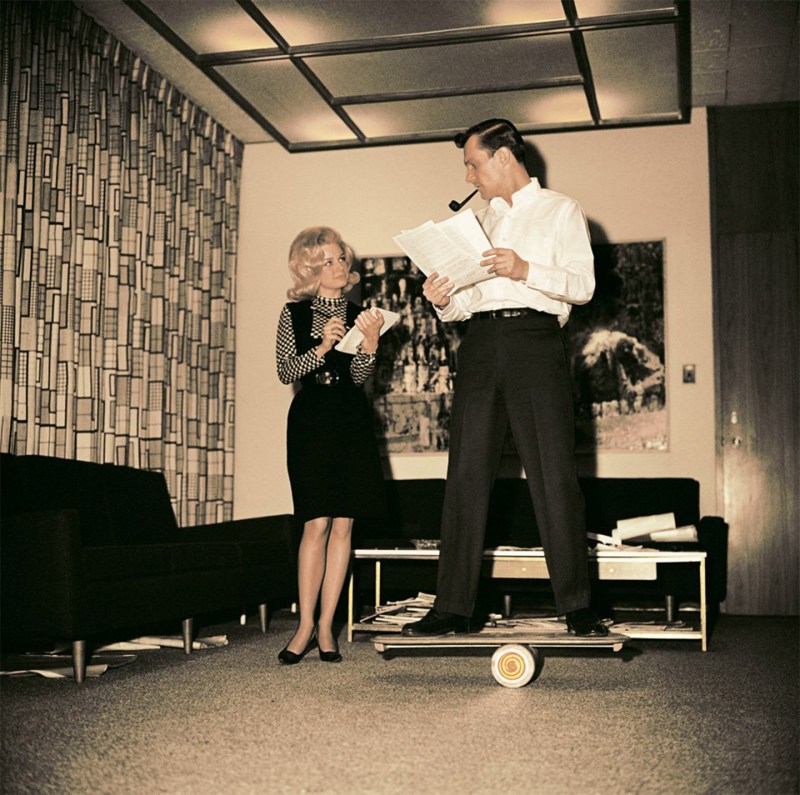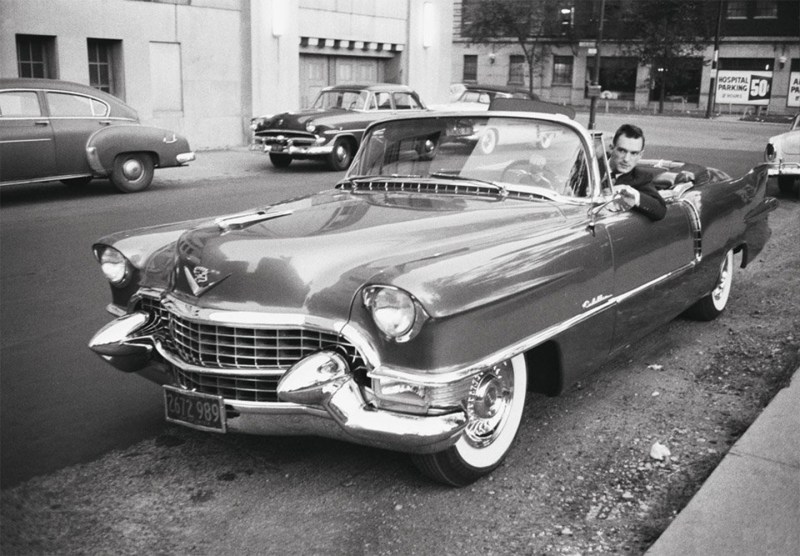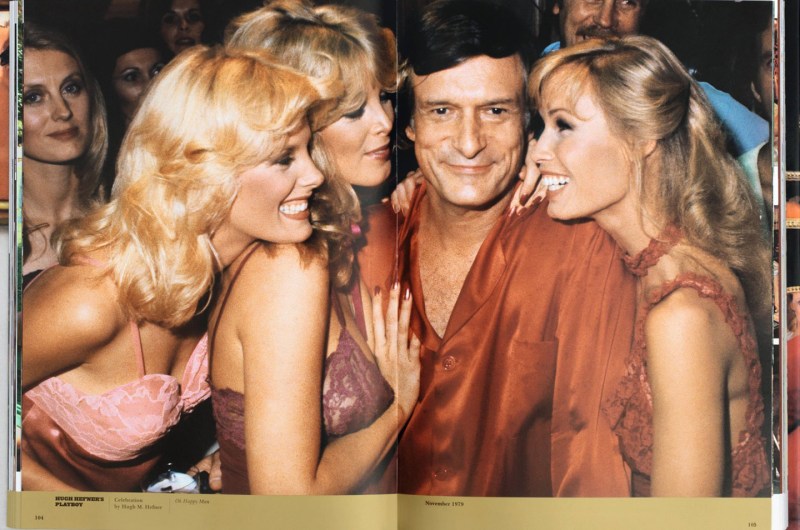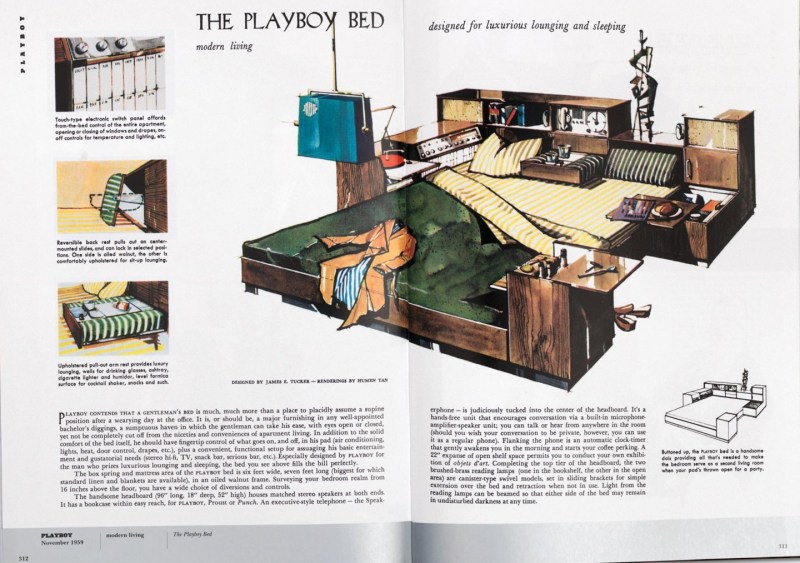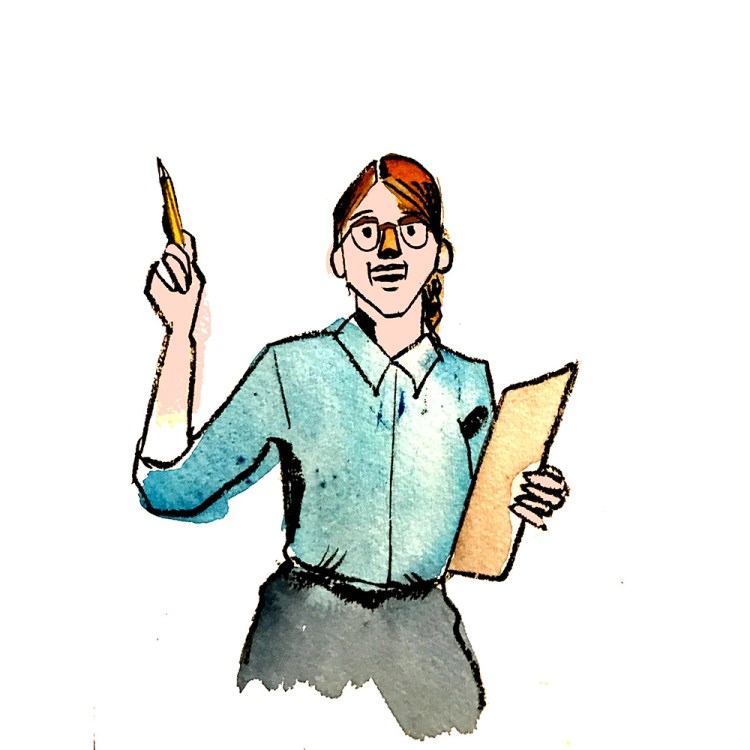Hefner began publishing Playboy from his kitchen in 1953. With its candid shots of women and open discussion of sex, it helped transform social and sexual mores in the United States, at a time when states could still legally ban contraceptives. The magazine was also a pioneering intellectual force, championing gay and civil rights and regularly publishing leading writers including James Baldwin, Margaret Atwood, Norman Mailer, and Jack Kerouac. Its trailblazing interviews were at the very forefront of the social, cultural, and political agenda and included Martin Luther King Jr., Fidel Castro, and The Beatles’ John Lennon. It was this facet of Playboy that gave the leggy Bunnies a run for their money—and elevated it above, as famously coined by Tom Wolfe, “a one-handed magazine.”
Hefner never authorized a biography of himself, but now a huge, six-volume edition, Hugh Hefner’s Playboy, charting his history with the magazine is being published. The book highlights the extraordinary years from 1953 to 1979, and features hundreds of unpublished pages he curated from his own scrapbook, as well as some of Playboy’s spiciest centerfolds and finest writing. Hefner’s personal life and career—from cartoon-drawing childhood to astonishing success as a publishing magnate—are revealed in the most intimate portrait ever.
A wealth of never-before-seen ephemera from Hefner’s personal archives includes original artwork, cartoons and correspondence, and 700 pages of autobiographical text about his youth, military service, early career as a cartoonist, numerous girlfriends, and eventual success with Playboy. A vast selection of personal photos—many previously unseen—include behind-the-scenes shots from the Playboy Mansion, Playboy Clubs, and the Big Bunny jet.

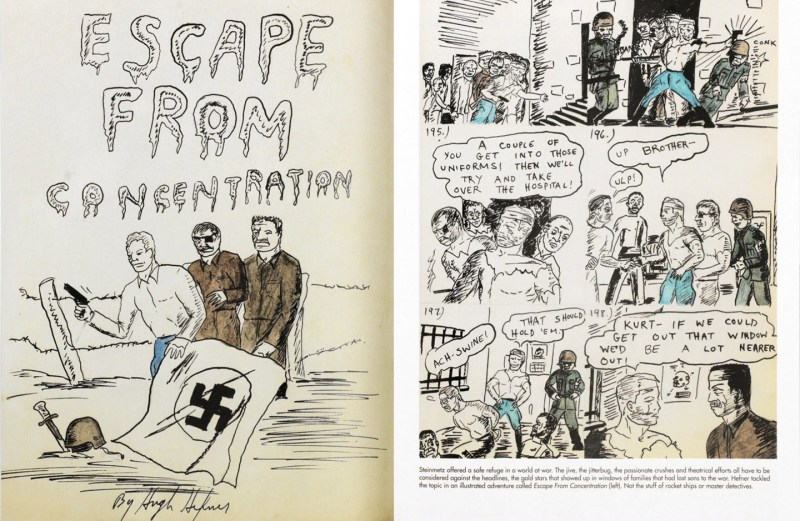
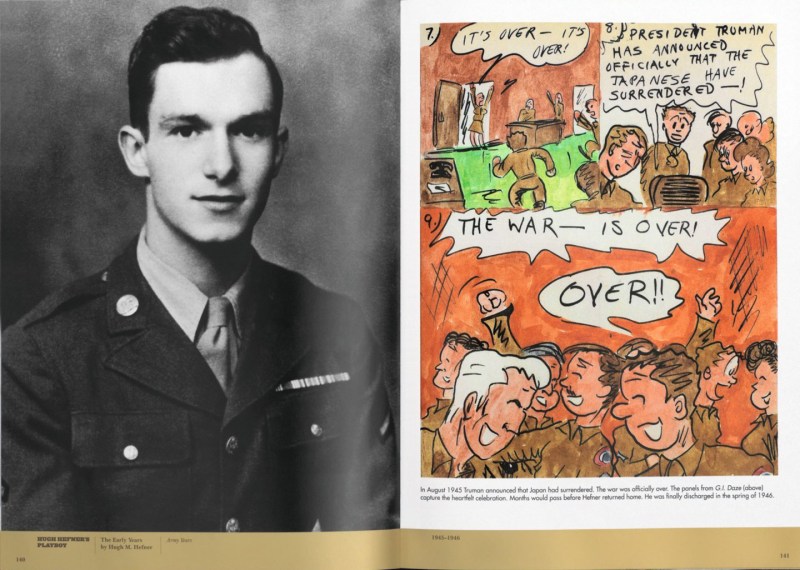

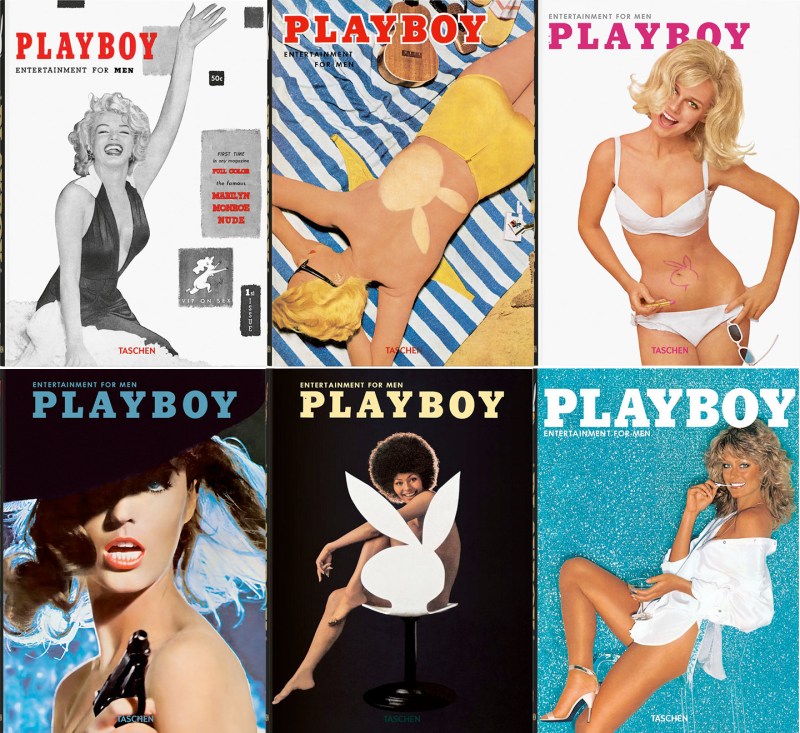
This article was featured in the InsideHook newsletter. Sign up now.


